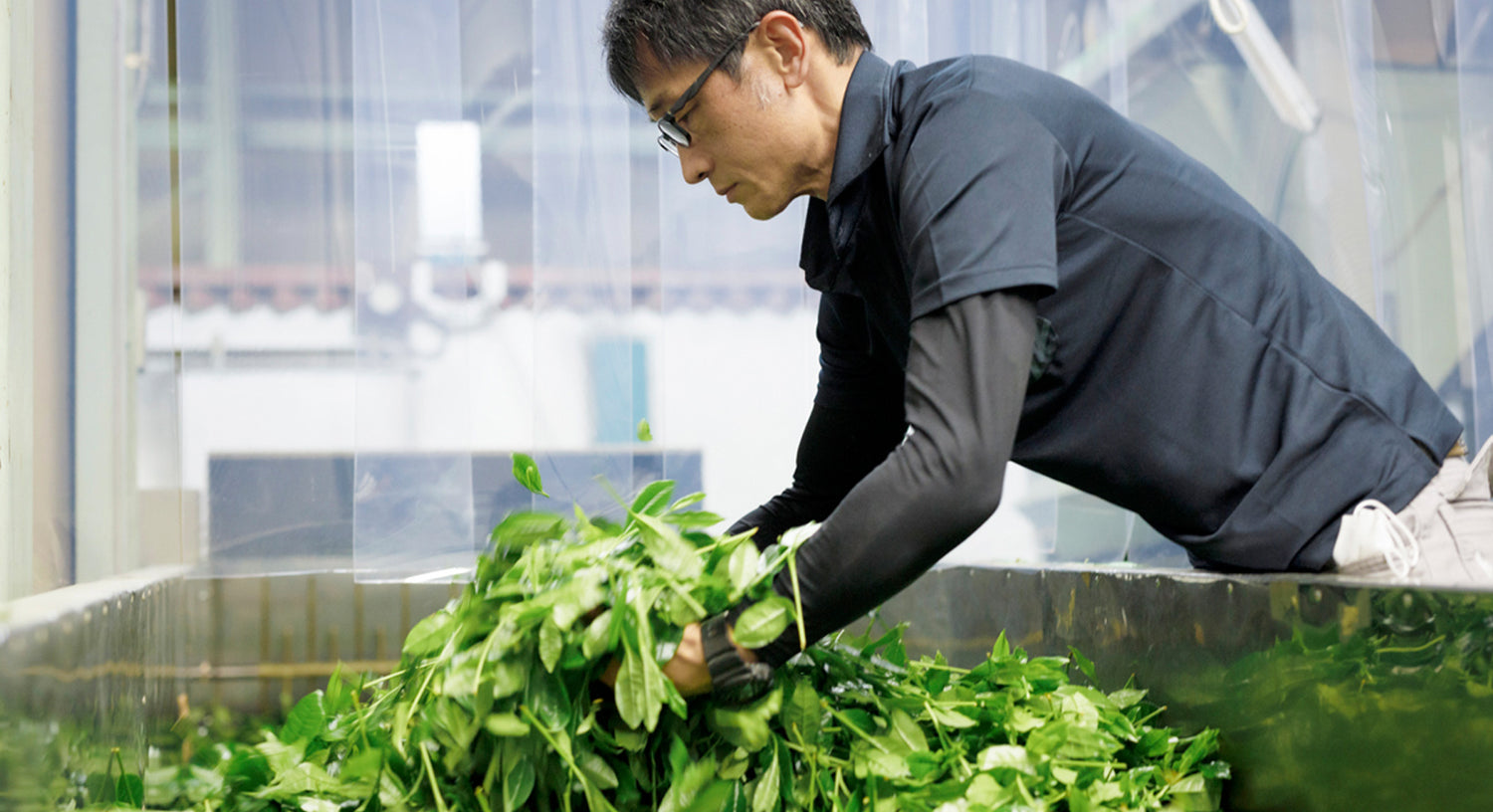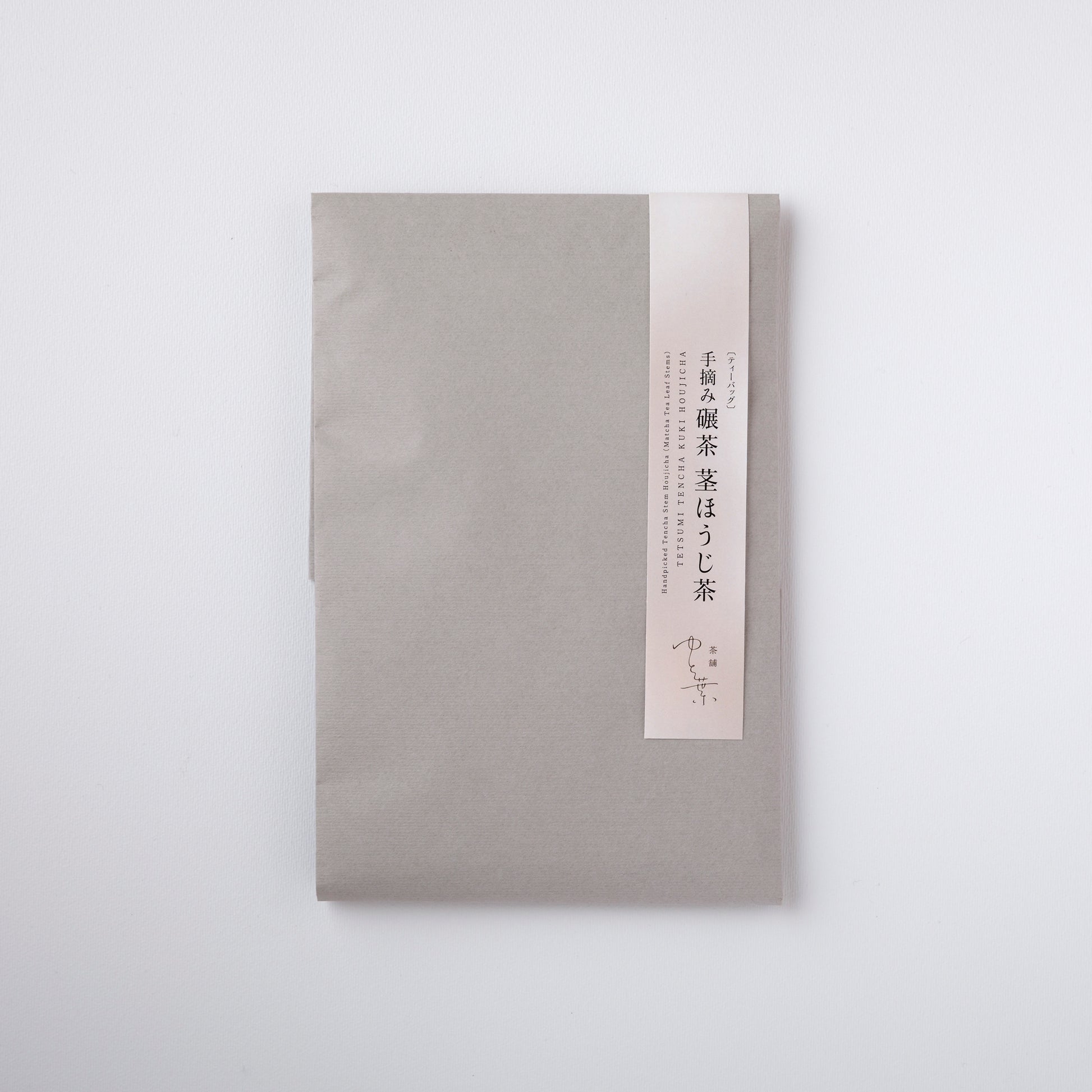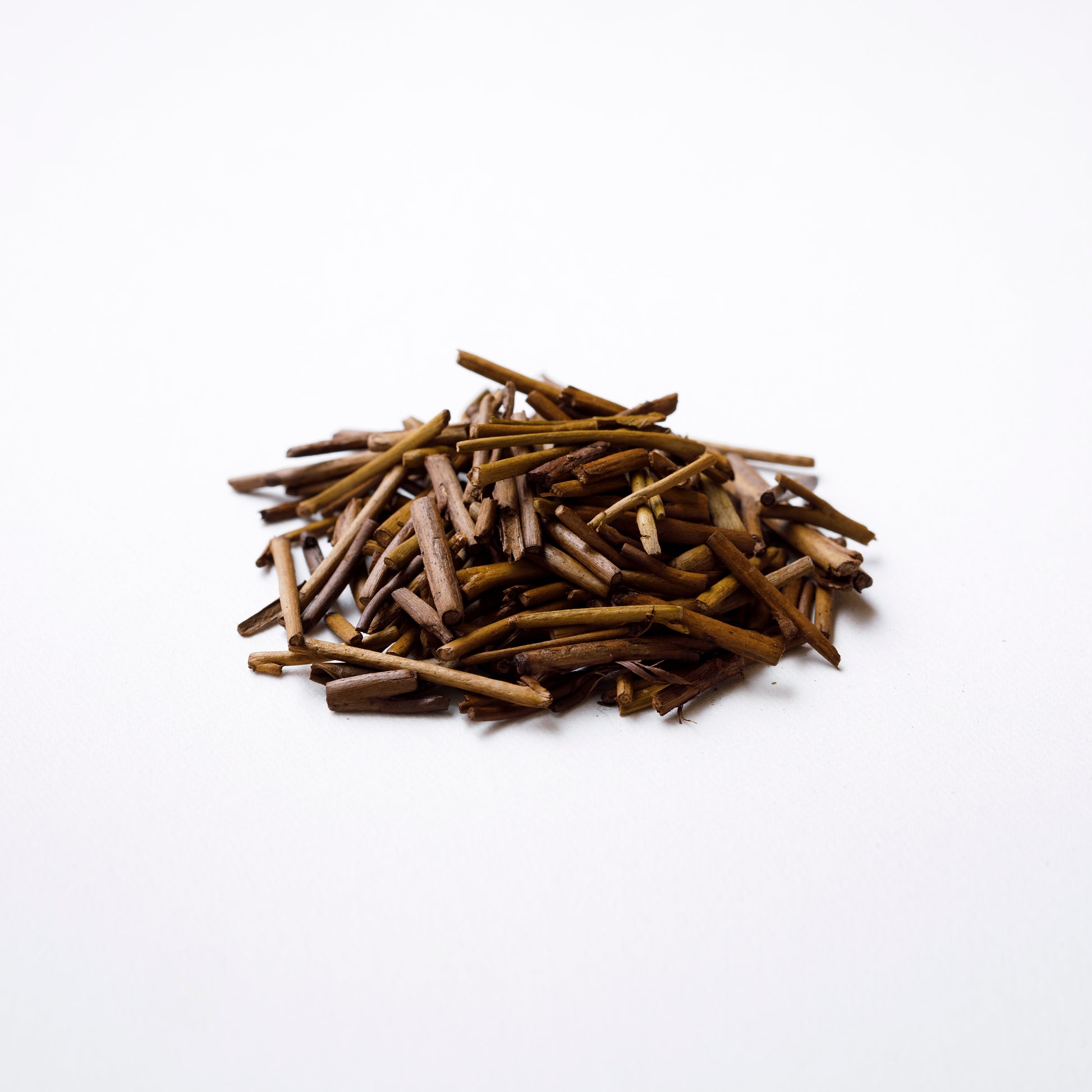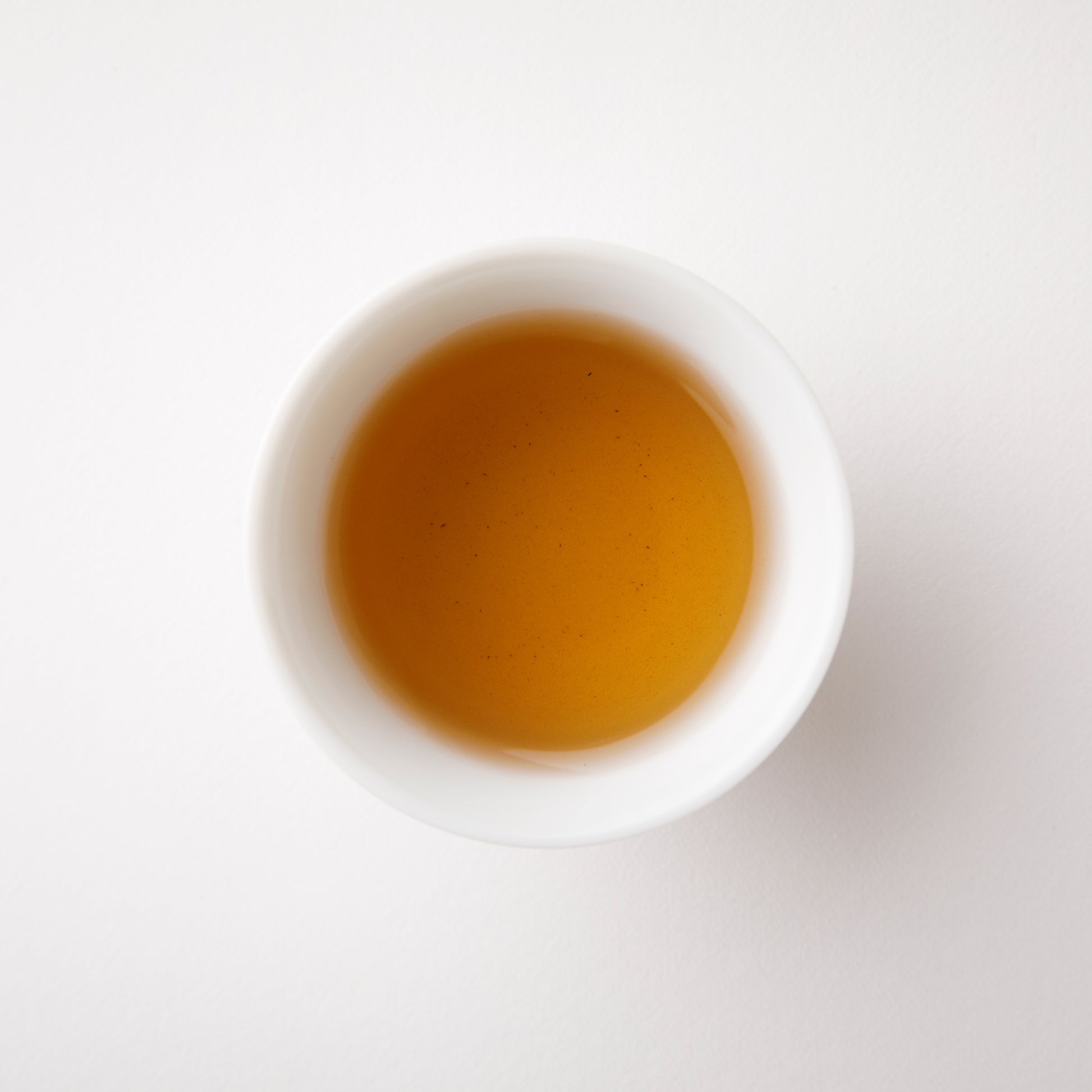茶舗 ゆと葉
TETSUMI TENCHA KUKI HOUJICHA - Handpicked Tencha Stem Houjicha (Matcha Tea Leaf Stems) [Tea Bag Type]
TETSUMI TENCHA KUKI HOUJICHA - Handpicked Tencha Stem Houjicha (Matcha Tea Leaf Stems) [Tea Bag Type]
Couldn't load pickup availability
This high-quality Houjicha is made from the soft stems of Tencha, the tea used to make Matcha. 100% produced in Uji, Kyoto. It has a fragrant aroma and a fresh, clear taste. It’s known for having less caffeine.
The first handpicked leaves of spring. This high grade Houjicha is made from the soft stems of new shoots. It has a soft, fragrant aroma, and a light, fresh taste. The stems of Tencha, used to make Matcha, are rich in nutrients and flavor. It is low in caffeine and has a light flavor that can be enjoyed in any situation. It's known for its clear, light green color.
When brewed with hot water, the flavor is refreshing and fragrant. When brewed with cold water, it becomes smoother and more mellow, allowing you to enjoy the distinctive "Tencha" flavor.
[Product Specifications]
Type: Tea Bag
Small size
Content: 2 pieces
Size: 140x 90mm
Large size
Content: 7 pieces
Size: 200 x 130mm
[How to make delicious tea /1 serving]
 1pc
1pc
 HOT
HOT
 180ml
180ml
 3 min
3 min
Put one tea bag into a mug, pour in 180ml of hot water, wait 3 minutes and enjoy. (Adjust the amount of water and brewing time to your liking.)
Tips
Leave the tea bag as it is without shaking it, and when you remove it, gently shake it up and down 2-3 times to release the flavor. If you drain the water off and set it aside, you can enjoy a second brew. For the second brew, leave it in boiling water for about 4 minutes, or a little longer, before enjoying.
View full details![TETSUMI TENCHA KUKI HOUJICHA - Handpicked Tencha Stem Houjicha (Matcha Tea Leaf Stems) [Tea Bag Type]](http://chaho-yutoha.com/cdn/shop/files/kukihouji_TB_S.jpg?v=1721038033&width=1445)
![TETSUMI TENCHA KUKI HOUJICHA - Handpicked Tencha Stem Houjicha (Matcha Tea Leaf Stems) [Tea Bag Type]](http://chaho-yutoha.com/cdn/shop/files/kukihouji_TB_L.jpg?v=1721038032&width=1445)
![TETSUMI TENCHA KUKI HOUJICHA - Handpicked Tencha Stem Houjicha (Matcha Tea Leaf Stems) [Tea Bag Type]](http://chaho-yutoha.com/cdn/shop/files/kukihouji_family.jpg?v=1721038033&width=1445)
![TETSUMI TENCHA KUKI HOUJICHA - Handpicked Tencha Stem Houjicha (Matcha Tea Leaf Stems) [Tea Bag Type]](http://chaho-yutoha.com/cdn/shop/files/kukihouji_39A1217.jpg?v=1721038033&width=1445)
![TETSUMI TENCHA KUKI HOUJICHA - Handpicked Tencha Stem Houjicha (Matcha Tea Leaf Stems) [Tea Bag Type]](http://chaho-yutoha.com/cdn/shop/files/kukihouji_39A1074.jpg?v=1721038032&width=1445)

About the maker of this tea
This tea is made by Hasegawa Ei Seichajyo, which also runs "Chaho Yutoha."
Hasegawa Ei Seichajyo is a tea farm that continues to produce tencha tea using traditional cultivation methods from the Edo period, which are now rare.





